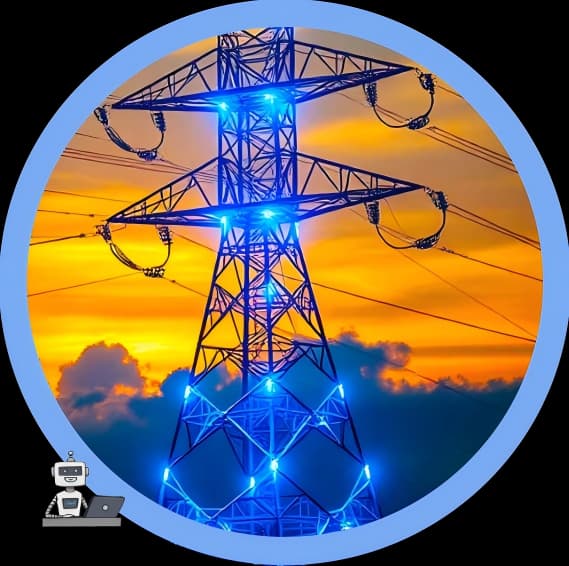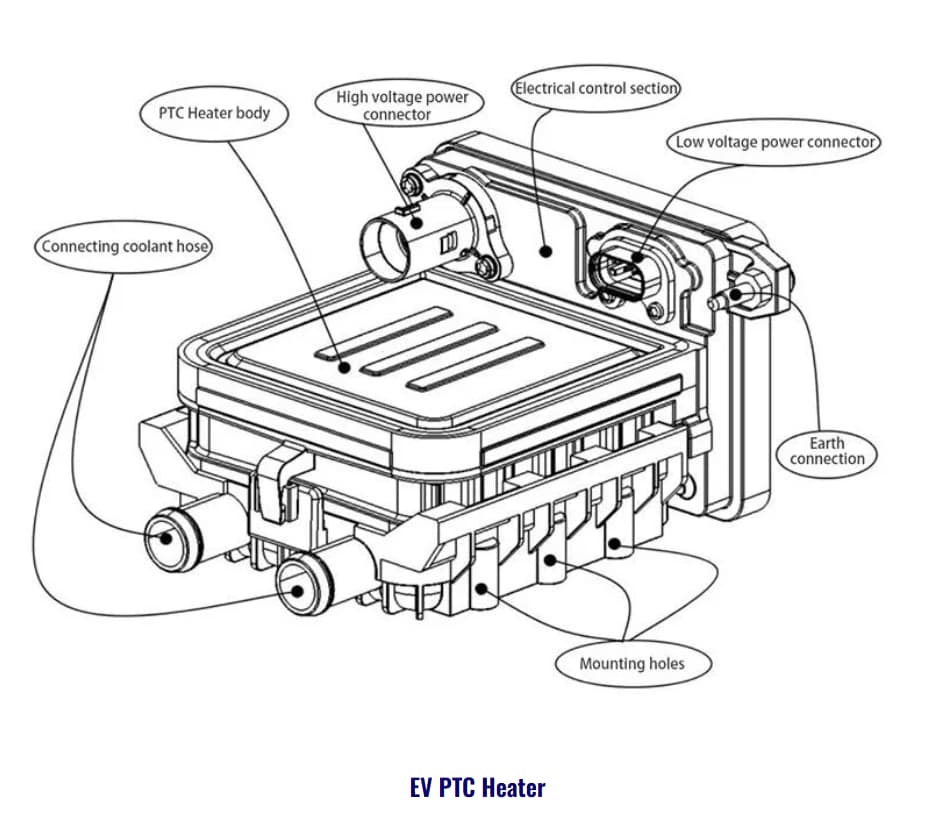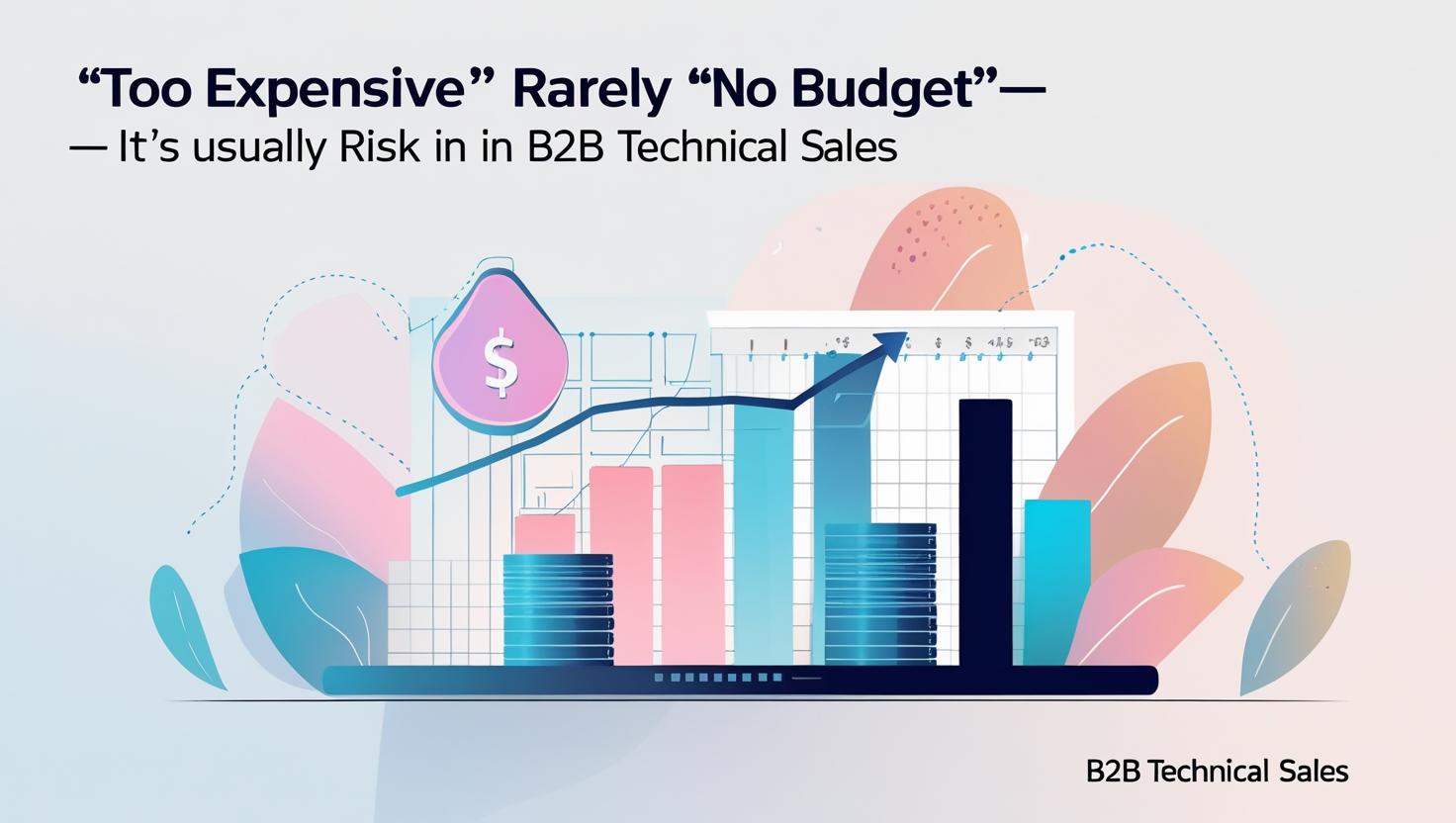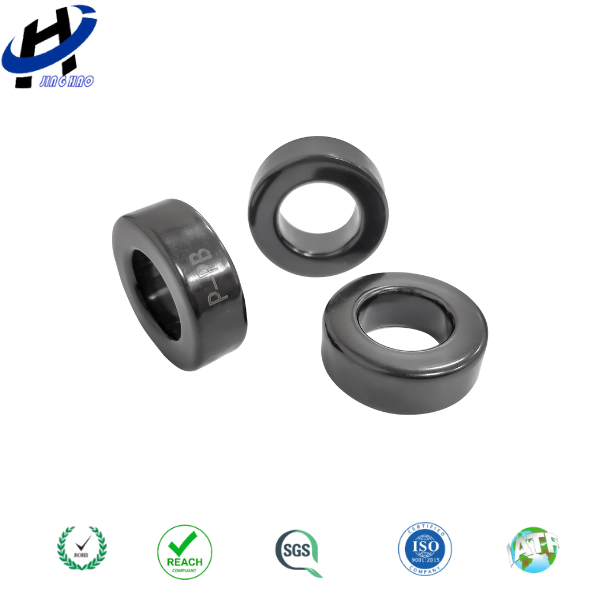Oct 22, 2025
Explore how nanocrystalline magnetic cores empower next-generation transformers, inverters, and filters. Boost efficiency, minimize heat, and achieve higher performance in AI data centers and renewable energy systems.
AI is transforming industries at an unprecedented speed — but behind every leap in computing power lies an equally dramatic rise in energy demand. Across data centers and cloud infrastructure, power consumption is growing faster than most electrical grids were ever designed to handle.
As highlighted in Howard Penrose’s “Grid Breaking Point: The True Cost of AI’s Energy Addiction”, the world’s digital progress is now pressing up against the limits of our physical energy systems. And our previous blog talked about it , too.
For operators, utilities, and engineers, this isn’t just a matter of capacity. It’s a question of stability, efficiency, and long-term reliability. The combination of high-frequency switching, fluctuating loads, and rising thermal stress is placing tremendous pressure on transformers, inverters, and other critical components. Upgrading grid infrastructure will take years — but smarter engineering choices can deliver meaningful impact right now.
That’s where advanced soft magnetic materials, such as nanocrystalline magnetic cores, are starting to make a real difference.
Nanocrystalline cores combine ultra-high permeability with exceptionally low losses, even at high frequencies. They enable more compact, efficient, and thermally stable designs for transformers, chokes, and filters — components that sit at the heart of every data center, EV charger, and renewable power converter.
By improving how efficiently these devices handle energy, we can reduce heat generation, extend equipment lifetime, and minimize harmonic distortion that stresses upstream grid assets.
For customers operating high-density power systems — whether in AI infrastructure, industrial automation, or energy storage — this translates to tangible benefits:
Higher efficiency and lower operating costs
Improved reliability under dynamic or fluctuating loads
Reduced thermal management requirements
Longer equipment lifespan and lower maintenance risk
Every percentage point of efficiency gained inside a transformer or inverter contributes directly to grid stability and sustainability. In many cases, that improvement comes not from new infrastructure, but from better materials and smarter design.
As AI and electrification continue to accelerate, the power grid’s future resilience will depend on choices made at every level — from system planning to the materials inside each component. By integrating nanocrystalline technology into next-generation power devices, we can help our customers build systems that are not only more powerful, but also more efficient, reliable, and ready for the challenges ahead.
About Dongguan JH Amorphous Co., Ltd.
Dongguan JH Amorphous Co., Ltd. is a professional manufacturer specializing in amorphous and nanocrystalline magnetic cores and parts.We serve industries including power electronics, renewable energy, automotive electrification, and industrial automation, offering both standard and custom magnet solutions.
Contact Information:📧 julia@amorphousoem.com🌐 www.amorphousoem.com
Author:Julia YimInternational Marketing ManagerDongguan JH Amorphous Co., Ltd.
Read More



